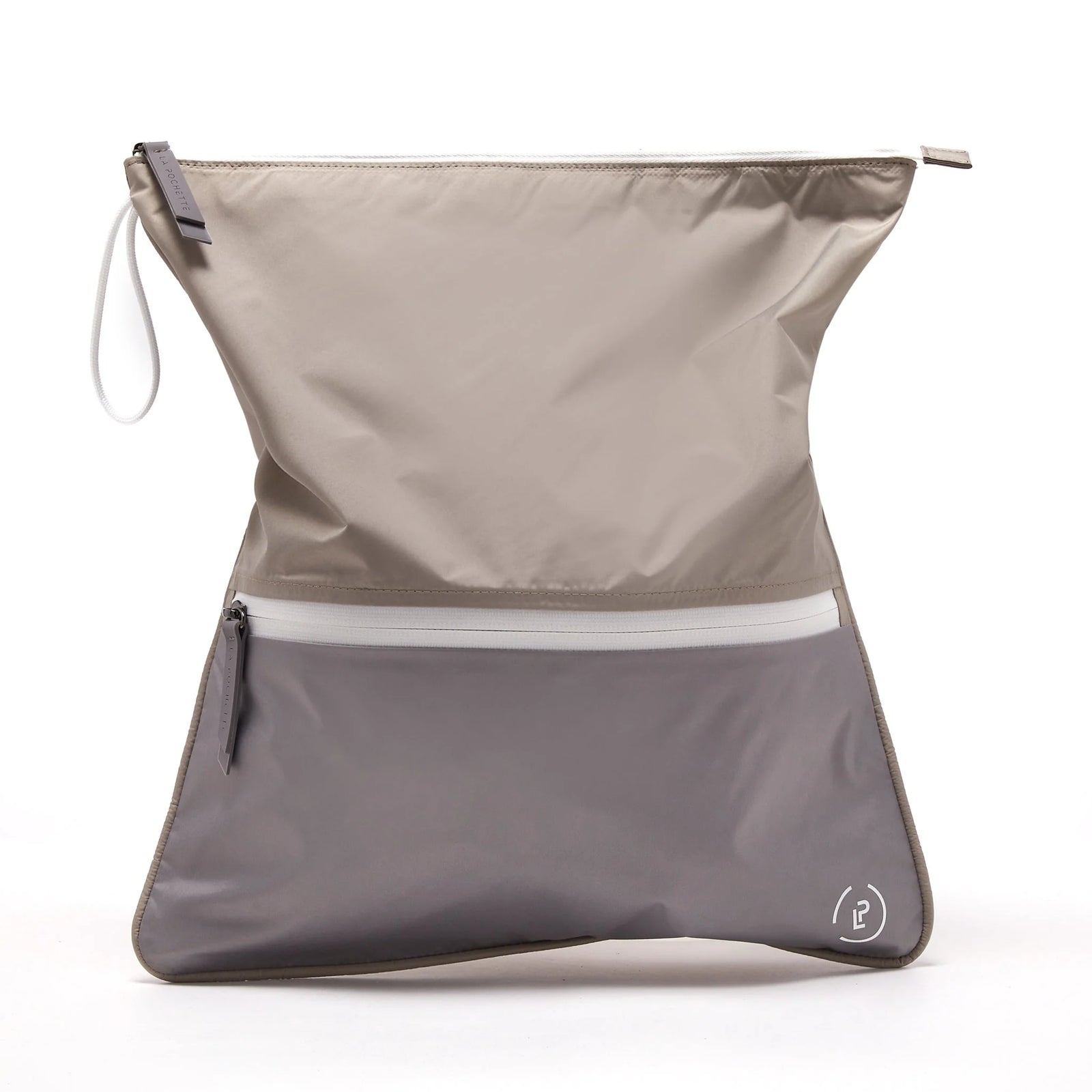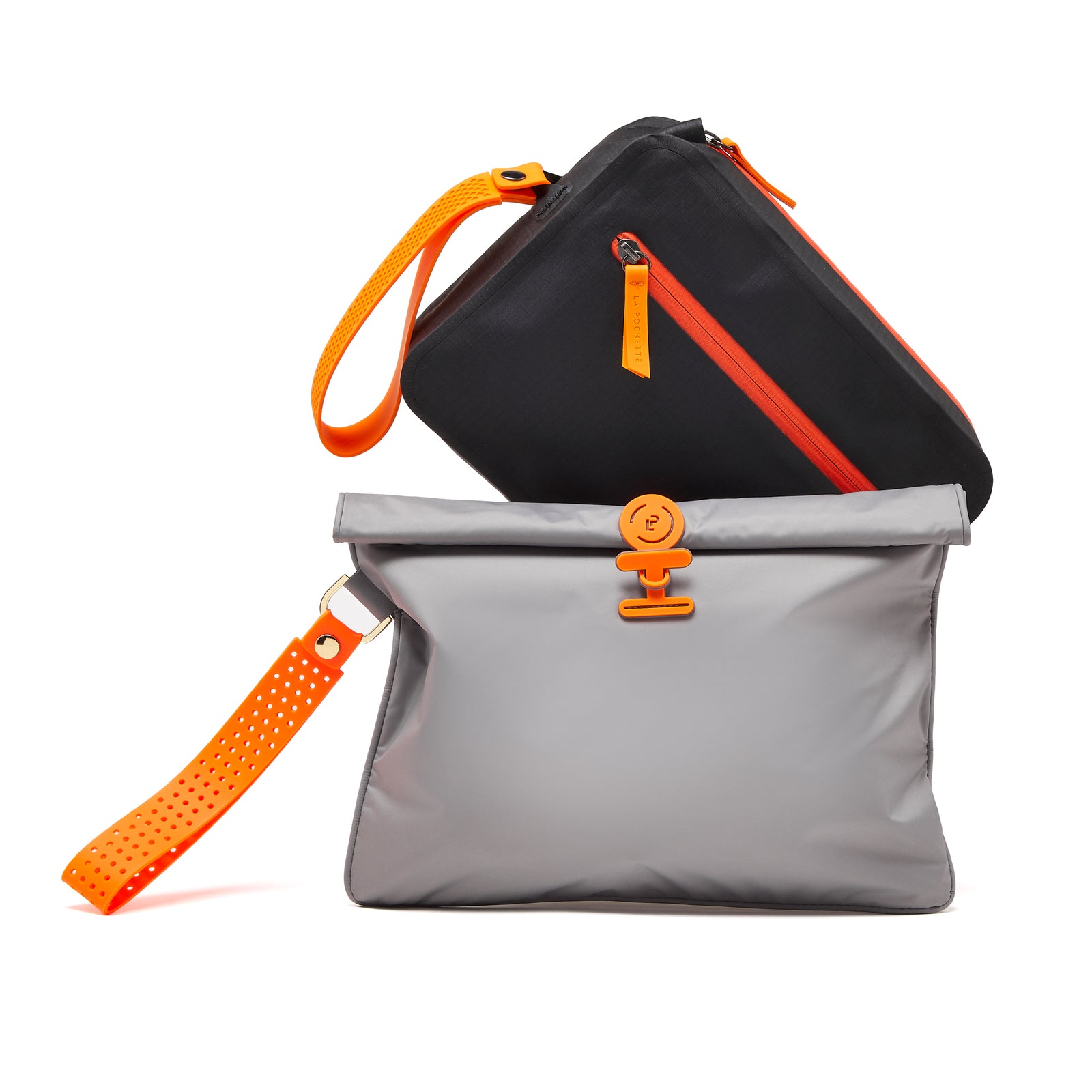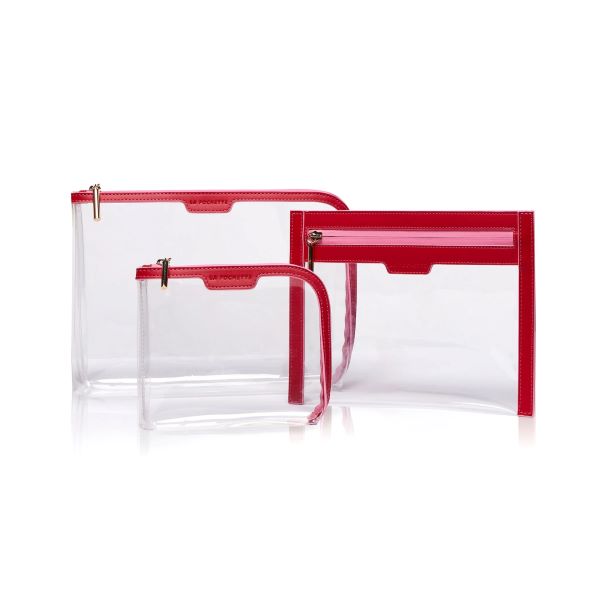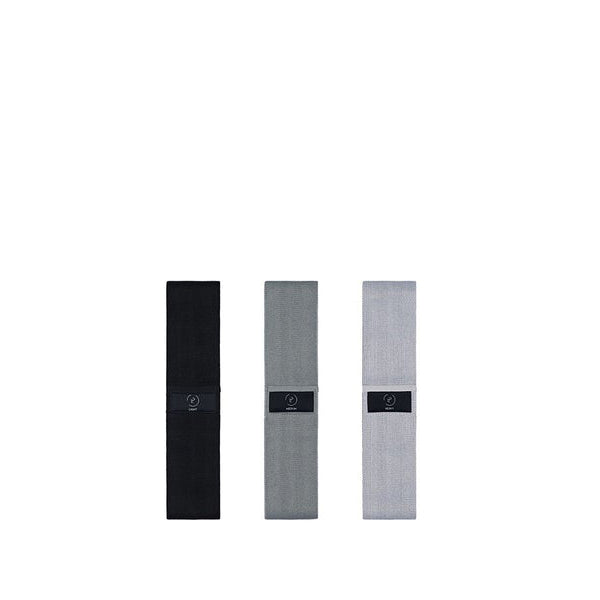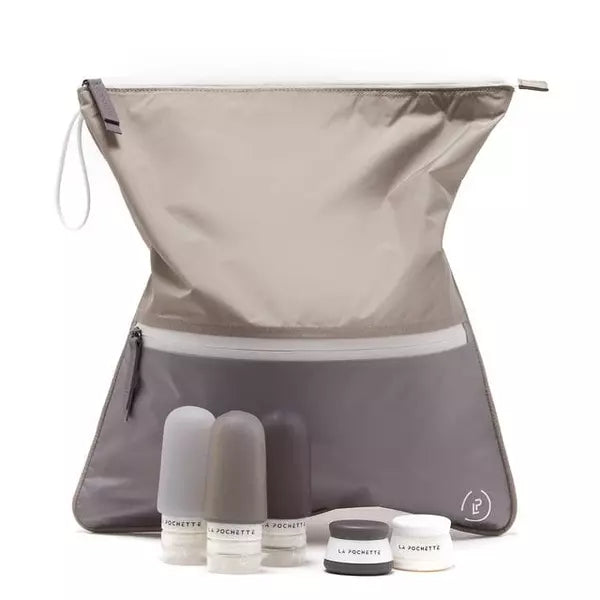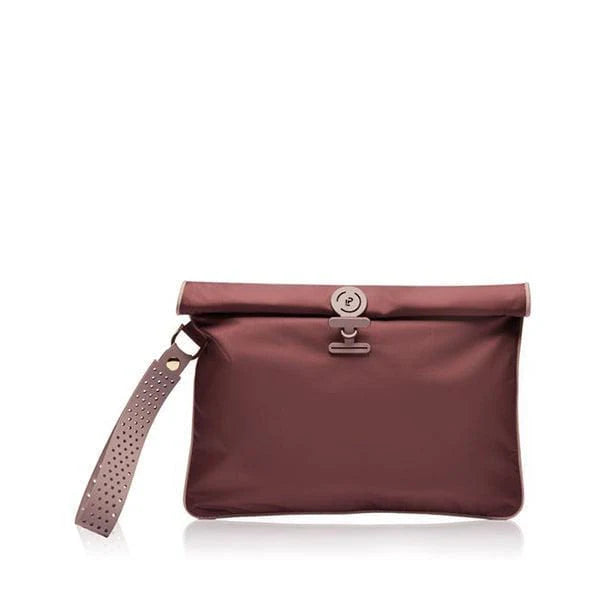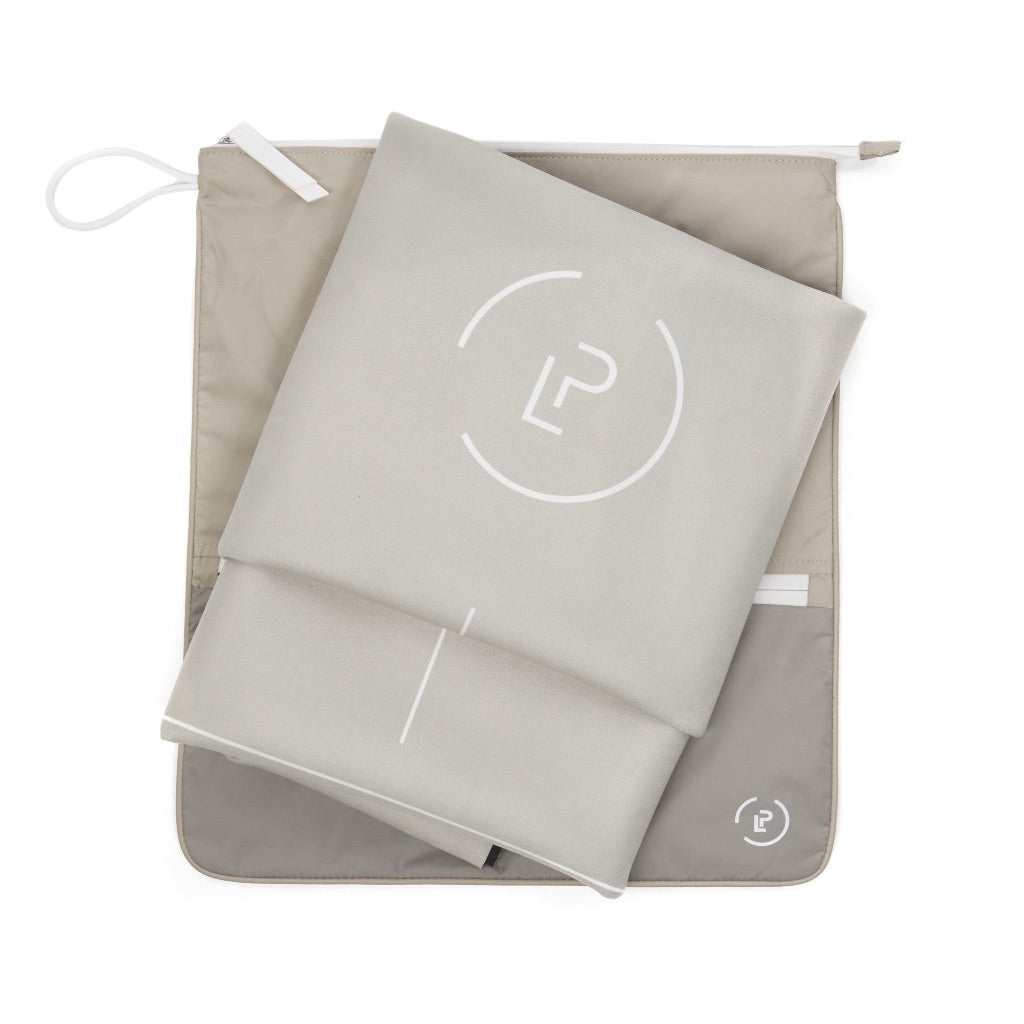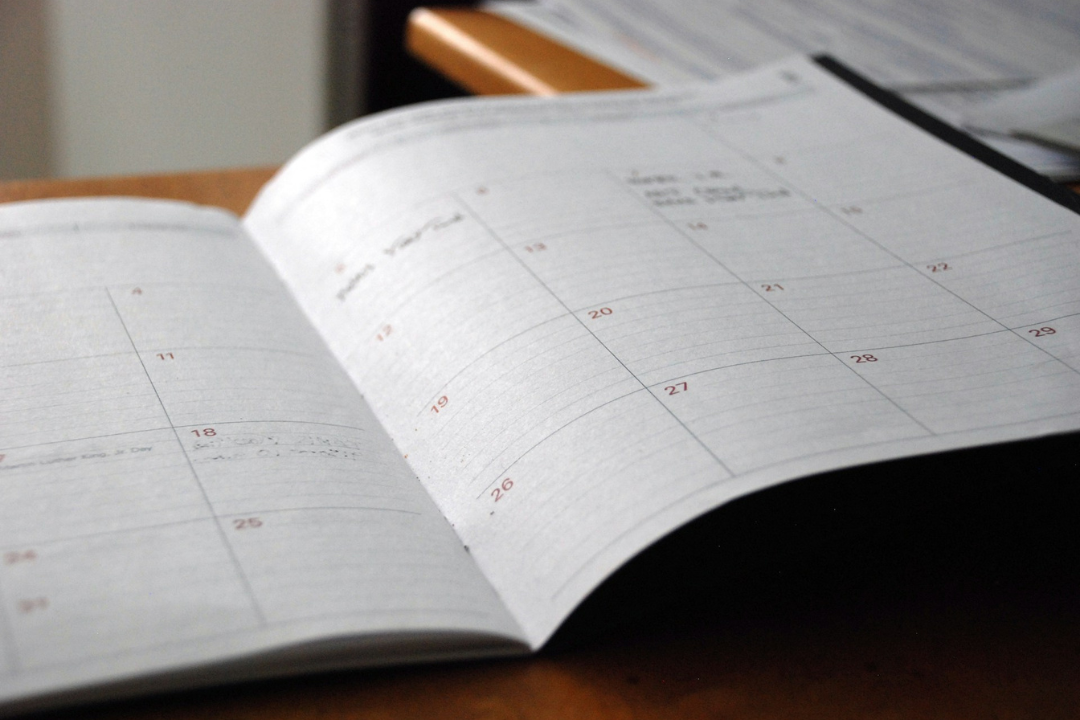Furö Studios is an eclectic design studio founded by Frida and Jesper Starvid, passionate architects and yoga lovers, Journal met up with them to hear more about their inspirations and design process:
First of all, what had initially drawn you both to the practice of Yoga?
Funny story – the first couple of times I (Frida) did yoga, I hated it! In 2010 or so, to relieve me from the stress of work I guess, my mother brought be along to a yoga studio. It tried yin and hatha, which are both comparably slow practices, and it did not work at all for me! I had pretty much promised I´d never do it again, when I by chance ended up in a Rocket Vinyasa class, which proved to be something completely different. Fast and challenging, this style forced me to concentrate on the present. After class, I remember feeling my mind completely empty for the first time in my life. That was my way into it. Nowadays I can meditate, I can do pranayama and yin and I love hatha. So, it´s given me that mental stillness in the end. But I never could have meditated back then. All ways into it are good, I think, and not all types of yoga work for all types of people. As for Jesper, I gave him his first ever yoga class about 2 weeks into our relationship in 2016. He´s always ran a lot, so his joints were stiff to start with. But he´s been practicing regularly since, and it´s a good combination, yoga and running!
They say “Neccessity is the mother of all invention” was this the case for you when you conceived the idea of Furö Studios?
I´d say so. Yoga is an activity that doesn´t require a load of equipment, but a good quality mat is something you need if you value your practice! You need to trust your mat to give you great grip, to stay still on the floor and to give good cushioning. I also think the design aspect is extremely important. People need to be able to feel like themselves even in the world of yoga – finding gear that you can identify with so that yoga becomes a part of your normal life, not something you do aside of your usual self. Not all of us feel comfortable identifying with old ideas of what a “yogi” is, if you know what I mean.
What did you identify as the shortcomings of the Yoga mats on offer when you started your journey?
I tried a lot of mats in the years leading up to starting Furö, and while I found that some mats had good functional qualities, most did not. The old idea of a yoga mat is still a cheap low standard product that will fall apart easily and that you throw away after a few months. Aesthetically, most of them were still either really sporty, new-agey or very feminine. Our customers are 50/50 men and women, which is important for us, so our design is gender neutral.
What approach did you take during the design process to address these shortcomings?
We tried to source for the absolute best material we could find, comparing a lot of different variations and ending up with a product that is made of long-lasting natural rubber and biodegradable PU. We then spent a lot of time refining the design details of the mat to function optimally for your body as it moves. And similarly, with everything surrounding it – the packaging, the graphic design, the way we present information. We strive to make function and aesthetics go hand in hand, never sacrificing one for the other, and turning the whole customer experience into something that makes you want to take care of your mat.
Can you tell us about the alignment guidelines?
These are derived from a systematic analysis of how your body moves in space while doing yoga asanas. The angles that are produced as you take a pose, the distances created when you step your feet back and forward. We call it the biometrics of yoga. With these alignment guides you can self-correct your pose in a split second, which is especially good when there´s no teacher present, but also in a studio setting, as the teachers often don´t have time to help every student correct their alignment. Of course, all bodies are different, and the lines are meant to be references, not absolute guides. They are a great way of noticing how your body behaves. The more body awareness you can acquire in yoga, the better a practitioner you become.
The carrying strap, why was this an important product to create, does it reflect your customers on-the-go lifestyle?
Yeah, it´s important for us that yoga is easy to bring into your daily life. Most of us – outside of Covid - live a life that´s constantly on the move. From home, to work, to picking up the kids, to the yoga studio, to the pub, and back home again. A well-designed, comfortable carrying strap was a given first accessory to accompany the yoga mat.
Whilst athleisure has seen a huge evolution in terms of innovation and design, why do you think equipment had remained so overlooked?
Good question. I honestly don´t know. Perhaps because clothing is a cheaper product category to develop, and because it´s something that could be easily incorporated into the world of fashion. Even if you never work out you can wear athleisure clothes because they look good. But if you never lift weights, buying a set of weights would just make you feel silly, if you know what I mean… Clothes are a much more general product. But I have a feeling this is about to change. I think people who are into their chosen sports or hobby are more willing to invest in higher quality things nowadays, which will drive this trend forward.
Did your background as architects inform the design of your products?
Absolutely. We are very aware of the tactility that is always involved in architecture – the way you pick materials, the way they look and feel to the touch. Rough concrete is not experienced the same way as smooth metal. Also, the design of our alignment guides is informed by the graphic language of architectural drawings, where lines carry different meanings depending on their weight and whether they are fully drawn, dashed or dash dotted. All in all, we look at our products the same way we do architecture. Both are extensions of the human body, designed to enhance your experience of the world.
Can you tell us about your creative process for the brand concept in general, how do you work as a duo?
Luckily, we have the same taste! While if there is a dispute about something I have the last saying as creative director, it usually doesn´t come to that. We make all important decisions together, and we had a clear idea of where we wanted to go from the start. Minimalist, raw, stringent, graphic, Scandinavian, gender neutral. We try to let these key words permeate all parts of the brand.
Frida, you host online classes at Furö Studios, what can people expect from them?
Furö Studios is not a yoga studio, but a design studio! I teach wherever it makes sense at the moment, in real life I´ve taught in yoga studios and hosted events, retreats and workshops. Online, I teach through YouTube, mostly Rocket Vinyasa which is my favourite style. It´s flowy, fun, challenging and unpretentious! I have a bunch of tutorials for arm balances and inversions if you get stuck, and some daily breath routines for those so inclined. I also sometimes teach straight-up Ashtanga, creative Strong Vinyasa Flows and Yin yoga. It´s good to be able to combine practices!
What do you love most about teaching Yoga?
The community that forms around yoga. Sharing the practice with people of all different genders, backgrounds, nationalities, and professions. Seeing people connect and evolve is extremely inspiring! I love getting into the details of each pose, as well as having conversations about yoga philosophy, breath work and what it does to people in their lives.
What’s next for Furö Studios?
Next up is a line of bags designed to suit your everyday life and your yoga practice. A sturdy backpack that you can strap your mat onto, equipped with laptop compartments and small pockets that you can use all day. There´s also a waterproof rolltop yoga mat bag for those days when you want to just bring the mat to class. And a small stringent wash bag with a wrist strap to pop your dirty training clothes into – to bring individually or to put in a larger bag. That´s first in the pipeline. But we will see where we end up eventually… Maybe with clothes or other products. We will let Furö grow organically and see where it takes us!
To learn more about Furö Studios see here or follow on social media for updates. For classes with Frida and more visit here.
